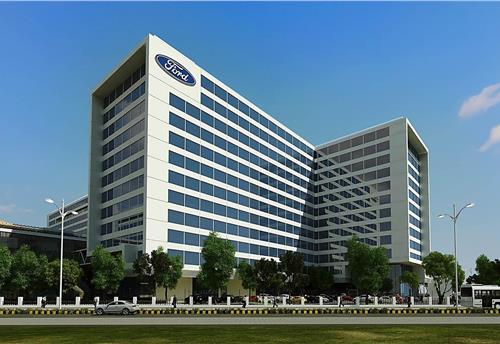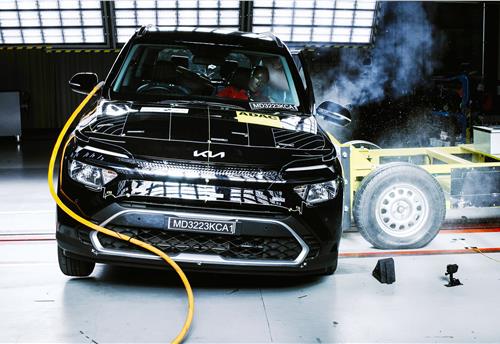Tata Zest sees waiting period of up to 6 months due to supply constraint
The Zest, Tata Motors' first product under its comeback 'Horizonext' strategy, seems to be helping the company play the "challenger's" role in the passenger vehicle market.
The Zest, Tata Motors' first product under its comeback 'Horizonext' strategy, seems to be helping the company play the "challenger's" role in the passenger vehicle market.
The model, which reached the No. 3 spot in its segment in October 2014, is seeing a waiting period of up to six months for some of its variants. The petrol variant is seeing a stronger demand. "The fact of the matter we are not able to produce as much as the market needs. Supply is much lesser than demand," says Mayank Pareek, president, passenger vehicles business unit, Tata Motors.
The long waiting period is due to the supply constraint of some vendors and the production capacity of the Zest. The company is in the process of ramping up the model's production level. Pareek says over 10,000 units of the Zest has been sold since its launch in mid-August.
He was speaking at the company's quarterly results press conference in Mumbai today. Tata Motors has reported a 6.5 percent growth in its consolidated revenue and a 7.1 percent drop in profit after tax during the July-September 2014 quarter compared to the same period last year. The company's revenue stood at Rs 60,564 crore, while its profit after tax was Rs 3,291 crore. The company says that the weak operating environment in the standalone business was more than offset by, increase in wholesale volumes, richer product mix and market mix at Jaguar Land Rover (JLR).
On the commercial vehicle side, better economic sentiment and firm freight rates led to replacement demand which supported the company growth of 14.1 percent Y-o-Y in the MHICV (medium, heavy and intermediate commercial vehicle) truck segment. This is a sharp reversal of the performance over the last 10 quarters. However, the subdued infrastructure and manufacturing activities and high interest rate regime continued to impact the operations during the quarter. The SCV segment continues to be impacted by constrained financing & low LTVs (Loan to Value ratio).
RELATED ARTICLES
Ford to build more EV software capability at Chennai tech hub
Ford Business Solutions India, which currently employs 12,000 personnel set to add 3,000 more; Ford, which is known to b...
ASK Automotive to set up JV with Aisin to sell aftermarket parts for cars
Ask Automotive will have 51% of the equity of the joint venture to be set up with Aisin Asia (Thailand) Company and Aisi...
Kia Carens gets 3-star Global NCAP rating in fresh tests
The Carens MPV, which was tested twice under the new protocol, scored zero stars for adult occupancy in the first test.





 By Autocar Pro News Desk
By Autocar Pro News Desk
 14 Nov 2014
14 Nov 2014
 6319 Views
6319 Views









